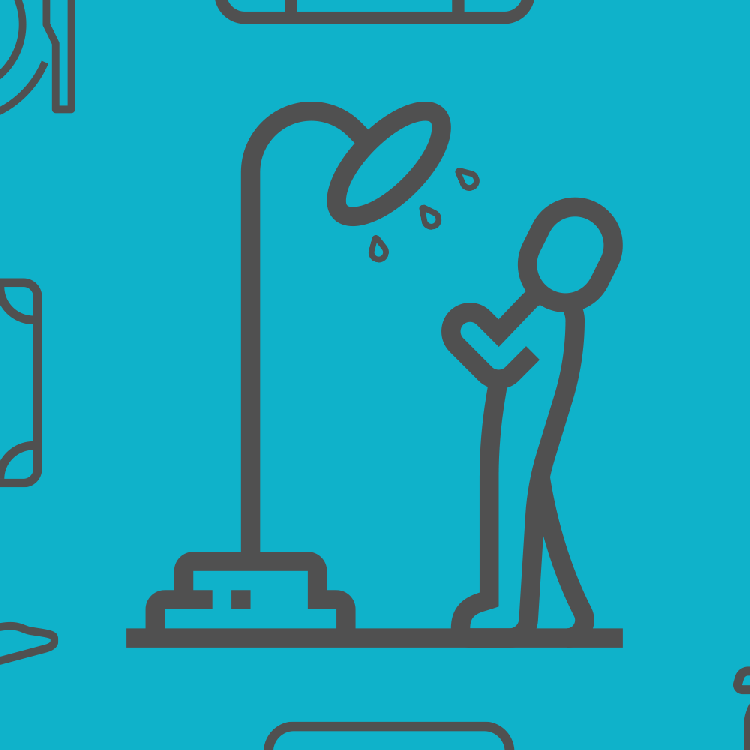A television should be the focal point of one room and one room only: your media room. In any other room — whether bedroom, kitchen or (gasp) library — it should never play a larger role than discreet accessory.
First step in making that a reality: concealing that hideous Medussean tangle of cords growing out the back of it. We talked to Micah Heimlich (of Downtown LA design firm unHeim) and Jack Ovadia (of NYC’s Ovadia Design Group) to help us solve the riddle.
Make the Cords Disappear Completely
Pick up some heavy-duty Velcro to attach all components to the back of the TV or its mount. Then consolidate all the cords using zip-ties and a snakeskin cord wrap.
Choose Pieces that Suit the Space
For a client’s Don Draper-esque home office, Heimlich found this vintage ‘70s Roche Bobois stand on 1stDibs (also seen in the main image above). The components sit on a back shelf under a stack of magazines. You’ll notice the snakeskin in effect here as well.
Wheels Are Your Friend
For televisions in the boudoir, Heimlich recommends something portable, like this brushed gunmetal easel from Restoration Hardware. The effect is twofold: A) you can easily swivel it to suit your vantage point and B) you’re left to decorate the wall space as you please. When the TV’s not in use, play video art by someone like Isabella Rosselini or Doug Aitken for a little added ambience.
Hide It in Plain Sight
To conceal a television completely, Ovadia hid this television behind a two-way mirror.
Now you see it:
Now you don’t:
The unit utilizes an out-of-use fireplace to house the TV and all its addenda, including the cords, which run behind the wall to a utility closet. You’ll probably need a good AV guy and a finish carpenter to pull this off.
Build a Wall Around It
Ovadia is currently working on a place where the television will be hidden behind a facade that separates the kitchen from the family room. On the family room side, the unit is fronted by patterned sliding doors. It looks like art when not in use.
This article was featured in the InsideHook newsletter. Sign up now.





















